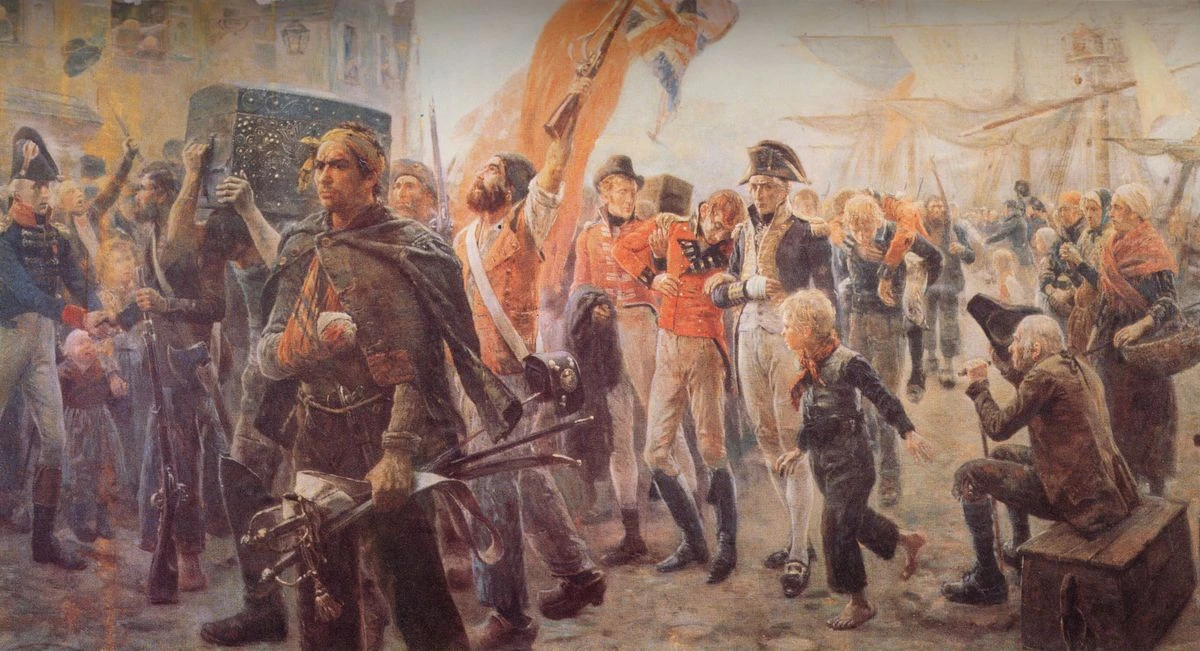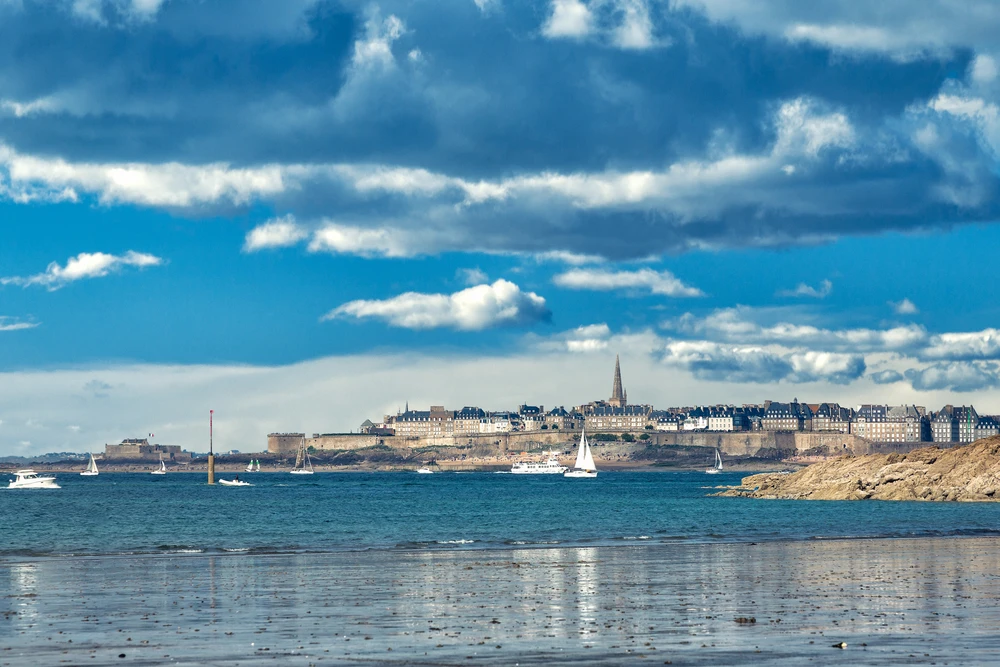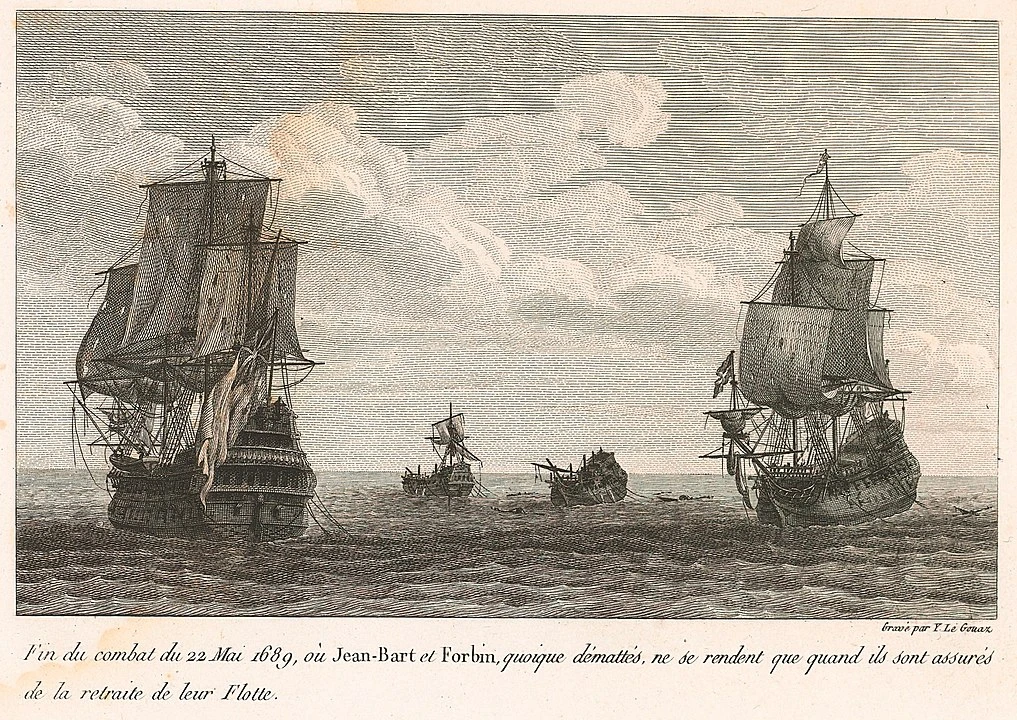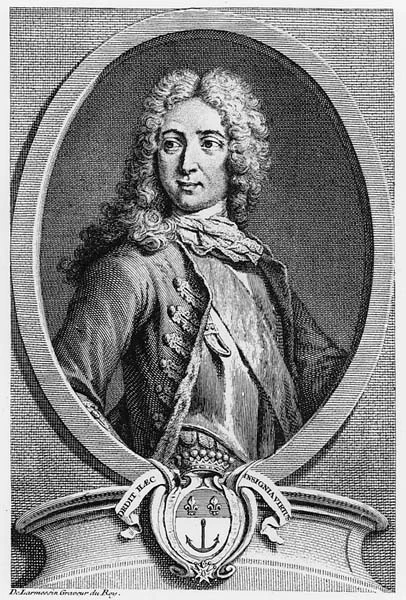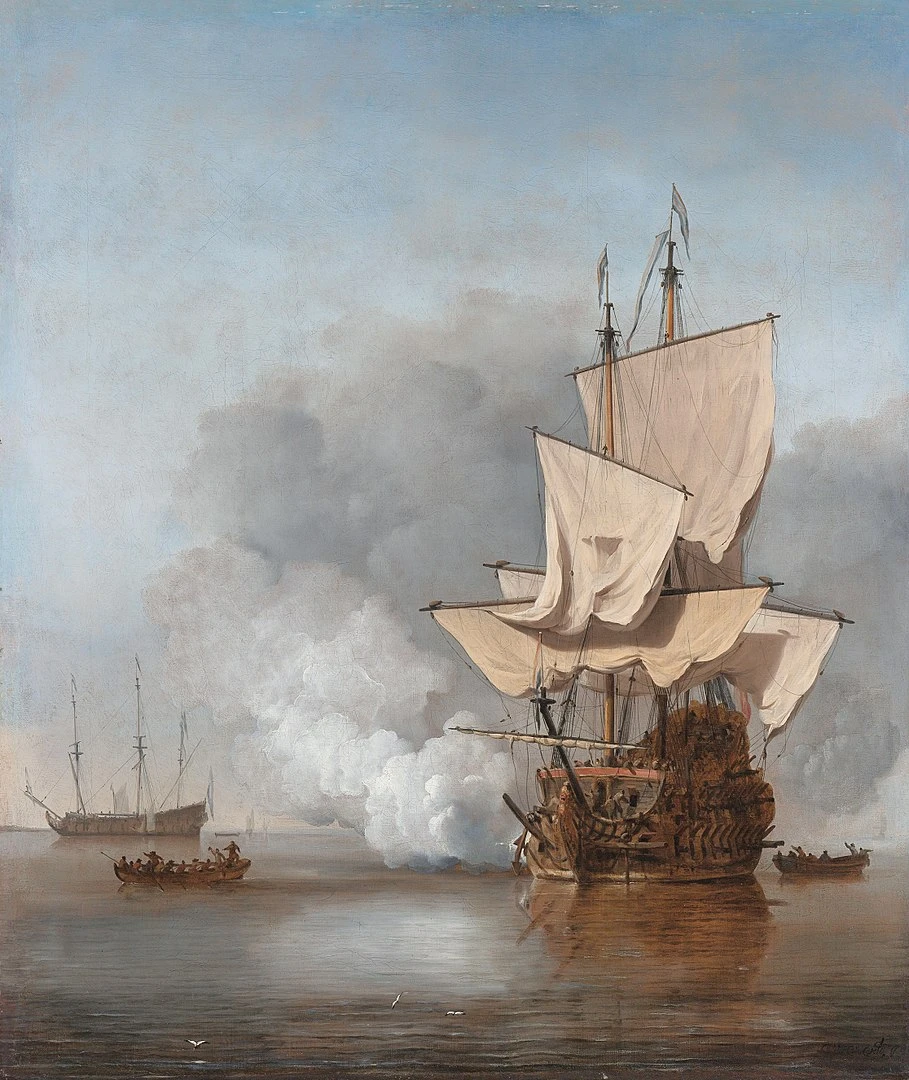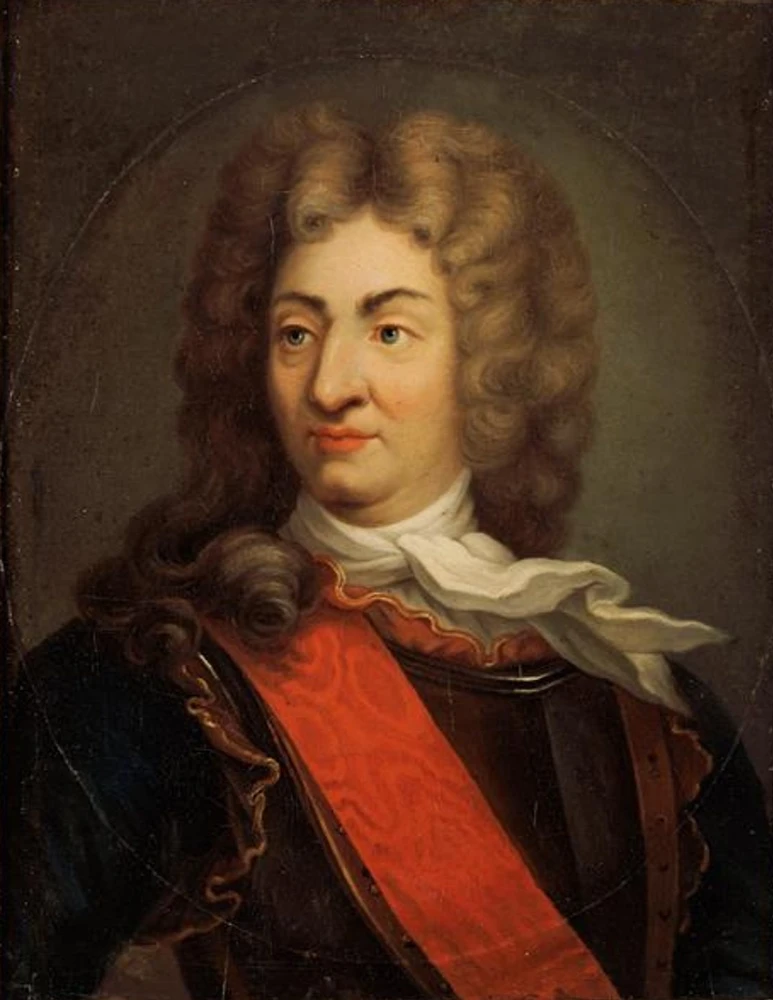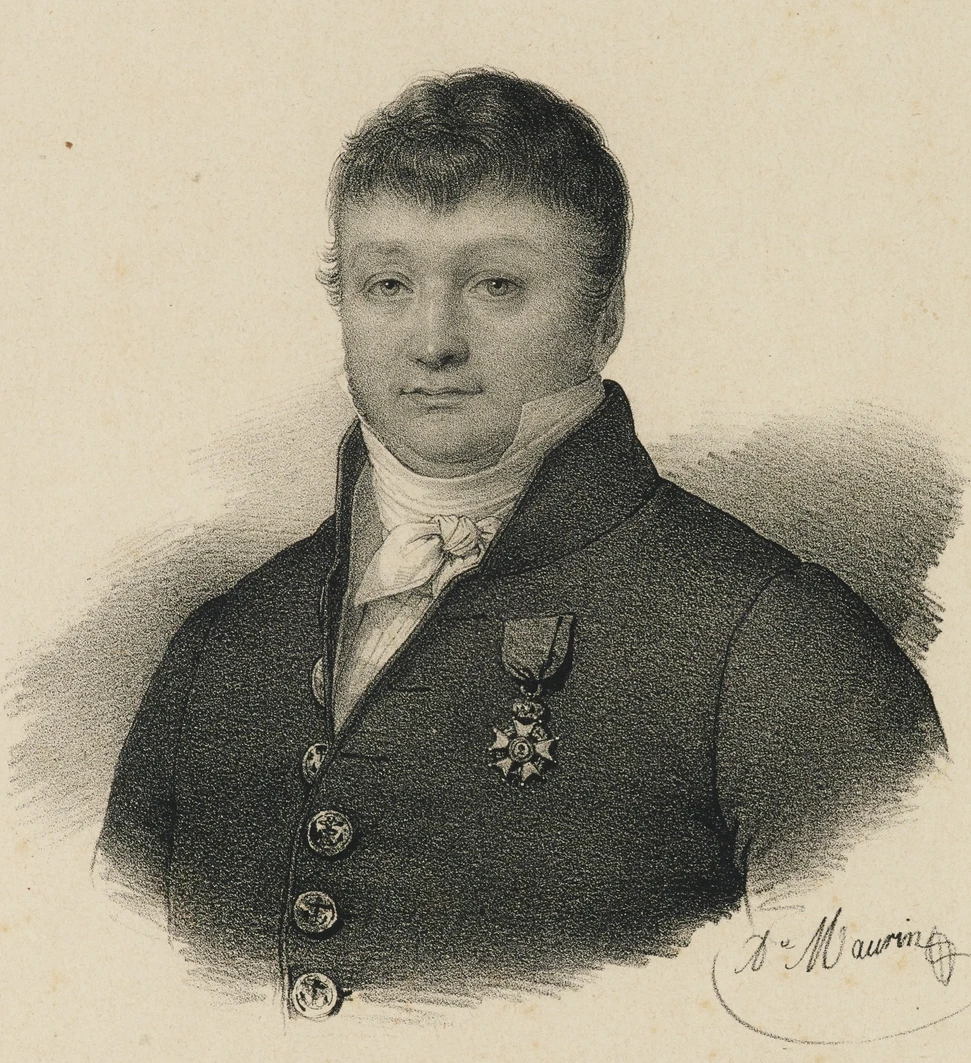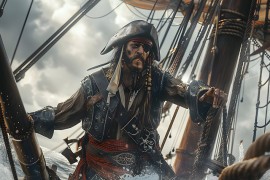What is a privateer?
A privateer is a captain (or a shipowner) who, traditionally does trade, and who, in times of war, goes on a "race", that is to say the search for and pursuit of any ship, especially commercial ships, flying the enemy flag .
Illustration chosen by monsieurdefrance: Maurice Orange, Le Retour des corsaires, 1806, Musée du Vieux Granville.
In order to be allowed to do so, they had a letter from the king called a letter of marque (or letter of course) which gave them the right to do so but also gave them duties. They were only allowed to attack the enemies of France. They had to pay back a part of their catches to the royal treasury. The privateer had to announce the colors of his nation at a reasonable distance and never by treachery. He also had to respect the goods of the sailors of the ship he had taken, in other words the booty, which was what was in the holds, the ship itself, but never what the people on board had. These obligations, regularly controlled by the king's officers, were one of the things that differentiated them from the pirates who fought for themselves, and had no law but their own...And even then, when they follow it!But privateers and pirates have some very strong points in common: they know the sea, they cross it in all directions and above all: they are daring.
The great era: the 17th and 18th centuries
Privateers already existed before the 17th century, but it was the wars of the 17th and 18th centuries against the maritime powers that triggered the golden age of privateering, first against the Dutch, then against the British, and sometimes against the Spanish... Depending on the periods of peace or war that the kingdom of France experienced, privateers boarded this or that ship of this or that nationality.The last privateers became famous during the Napoleonic wars, at the beginning of the 19th century. They were often very rich, of course because of their catches, but also because they were entrepreneurs.As shipowners, they invested what they earned, especially in times of peace, when racing was not possible, in order to trade, sometimes even with the colonies of the nations they had attacked during the previous conflict.
Saint Malo : the hornet's nest
During the great era of privateers, they left from several ports on the western side of France: Dunkirk (Jean Bart), Calais and Boulogne in the North, Granville or Dieppe in Normandy, in Brittany: Morlaix and especially Saint-Malo.
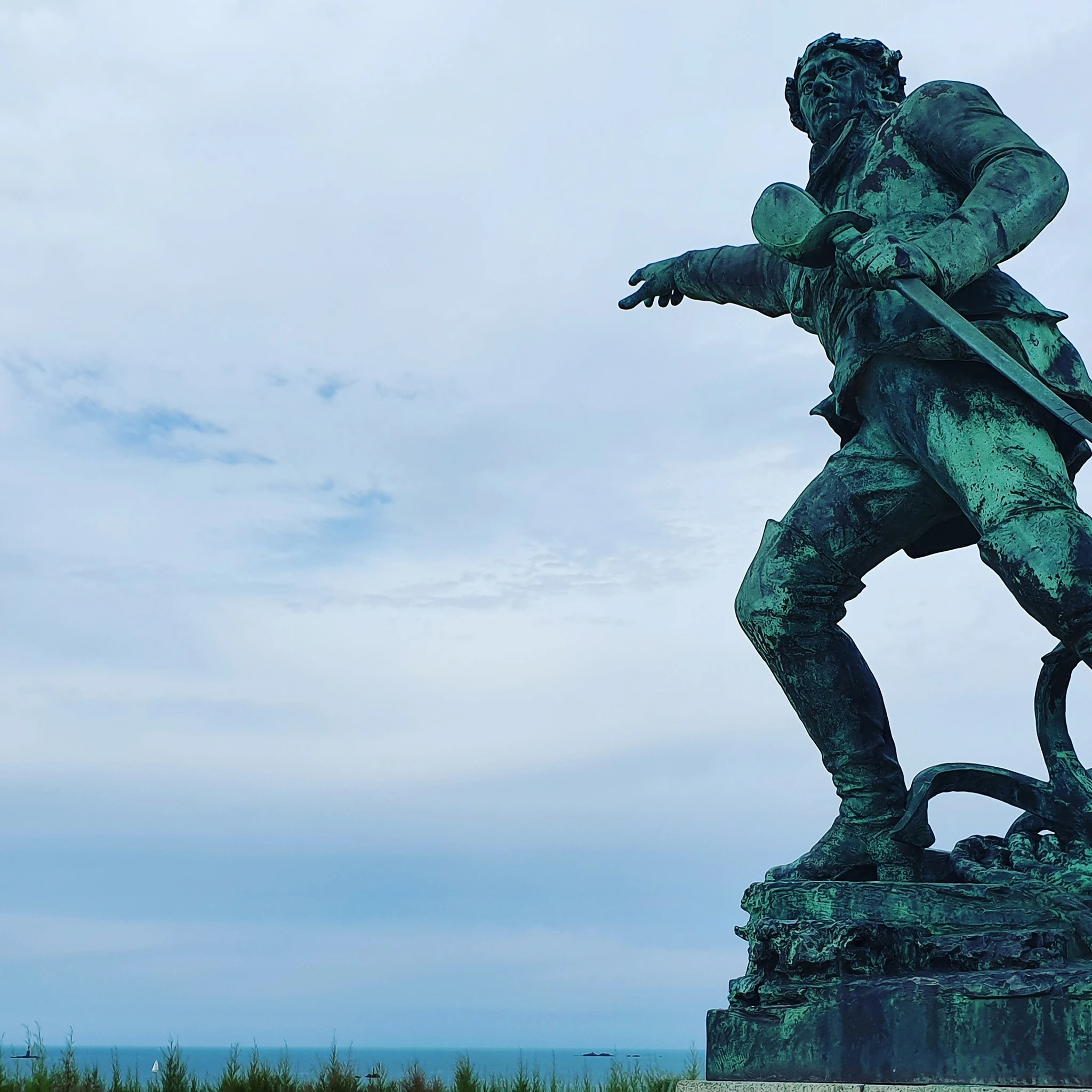 In Saint-Malo, the statue of Robert Surcouf (1773-1827) privateer and shipowner. Photo chosen by monsieurdefrance.com : Jérôme Prod'homme.
In Saint-Malo, the statue of Robert Surcouf (1773-1827) privateer and shipowner. Photo chosen by monsieurdefrance.com : Jérôme Prod'homme.
It has become such a speciality of Saint-Malo that the English have ended up calling the city "the hornet's nest" and have even tried several times to take it by attacking it, without ever succeeding.From this eventful past, Saint-Malo has kept the large houses that make its beauty, surrounded by ramparts facing theand which were often built by shipowners who were privateers or had a share in a maritime association of privateers.This has remained in the nickname of Saint-Malo: the Corsair City.
Saint Malo "cité corsaire" garde le souvenir des destins étonnants de ses corsaires. Photo choisie par Monsieurdefrance.com : Shutterstock.
Les plus célèbres corsaires
There are three of them. One is from the north, the other two from Saint Malo. Between them, they fill a whole century with the clatter of cannon, the clash of cunning and the clanking of gold coins as the barrels used to store them were rolled from the ship to the quay.
Jean Bart (1650-1702)
Jean Bart imaginé par Léon-Jean Gérôme en 1862
The privateer of Dunkirk, from where he often left. He was responsible for many attacks on enemies, such as the one on 80 Dutch fishing boats that he destroyed in 1692, and also, among others, his most famous capture, in 1694: 110 French ships loaded with wheat bought from Norway that the Dutch had boarded. Jean Bart attacked, recovered the ships and the wheat and beat the Dutch right in front of their home, in front of the island of Texel. It was an eventful life for Jean Bart, who was taken prisoner by the English in 1682. He managed to escape with incredible nerve. Pursued throughout the port of Plymouth, he climbed onto a fisherman's boat with a friend and took it. He crossed the harbor and, when an Englishman asked in English "who is going there?", Forbin, Jean Bart's friend who spoke English, answered "fishermen" in English and with an unmistakable accent that made the British sailors let them pass. 48 hours later , having rowed across the English Channel, Jean Bart and Forbin finally arrived... In Saint Malo "Cité Corsaire". You can't make this up! Very famous, Jean Bart was ennobled by King Louis XIV in gratitude for his services.
The capture of Jean Bart in 1689 described by a 19th century engraving.
Dugay-Trouin (1673-1736)
René Trouin, Sieur du Gué, better known as René Dugay-Trouin, was born in Saint-Malo in 1673 to a family of shipowners.His father was already investing in racing in times of war, and trading in times of peace, yet nothing predisposed him to his career since he was expected to become.... a priest!It is because he was expelled from his school in Rennes for his "bad character" and because he was chasing girls, that young René found himself, well young René found himself, quite forced, on a ship at the age of 16 and quite bored since he was a victim of seasickness.
The portrait and the coat of arms of René Dugay-Trouin.
And yet: what a career! 18 years old, captain of a privateer ship, captain of a frigate, chief of a squadron.At the age of 36, he was knighted by King Louis XIV and is said to have participated in more than 80 battles at sea.Captured in 1694 (he was 21 years old), he was locked up in England where, decidedly pretty-hearted, he seduced a merchant who visited him.He could have just seduced her, but no, he noticed that the merchant was attracted to a young Frenchman, a Protestant, who wanted to marry her.Machiavellian, Dugay-Trouin persuades the young girl to help him escape to live the great love, and he persuades the youngHe persuaded the young French Protestant to help him escape so that he could introduce the girl to him and persuade her that he, and not Dugay-Trouin, was the love of her life.In the meantime, he made contact with a Swedish sailor who prepared weapons and a boat for him, and it was in the middle of the night that heThe young Protestant and the young merchantwoman have found themselves at the rendezvous point with him.A real novel!
The cannon shot, painting by Van de Velde le Jeune, 1707 It was this kind of ship that Dugay-Trouin commanded.
Dugay-Trouin travelled the world's seas, capturing 28 whalers in Spitzbergen, pillaging the city of Velas in the Azores, but his greatest achievement was the great expedition to Rio de Janeiro in 1711.Really very gifted, he forced the Portuguese governor to pay a high price for the peace or else the city would be completely plundered. Dugay Trouin left with 60 ships full to bursting ...
Portrait of Dugay-Trouin by Antoine Graincourt / Musée de la Marine.
He died in 1736 and was buried in Paris for a long time before his body was brought back to Saint-Malo in 1973 to celebrate the 300th anniversary of his birth. He now rests in the cathedral.
Robert Surcouf (1773-1827)
Portrait of Surcouf (engraving by Lemercier in 1835).
Born in Saint Malo, he also amazed his time since he was nicknamed "the tiger of the seas". Attacking whenever he could, not only in the Channel, but also in India, he was the last great privateer. In only 5 years, he attacked more than 50 ships. He is perhaps one of the greatest sailors that France has produced. He is the most famous of Saint Malo and it is there, in the Rocabey cemetery, that he rests. On his tombstone one can read:
"A famous sailor ended his career
He is in the tomb forever asleep
The sailors are deprived of their father
The unfortunate ones have lost their friend."

